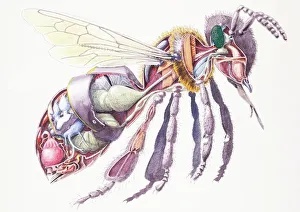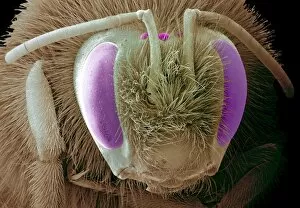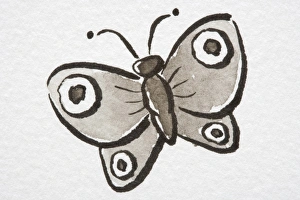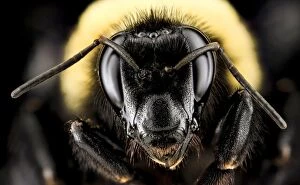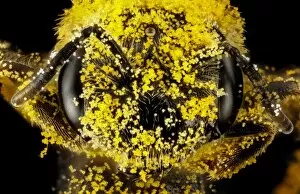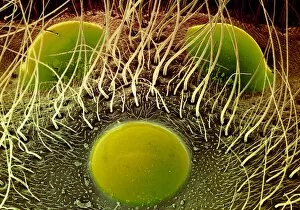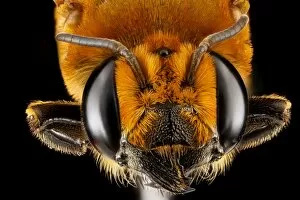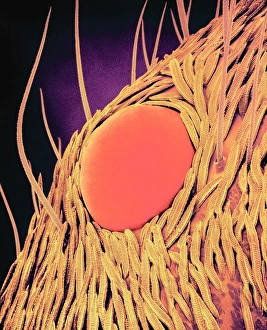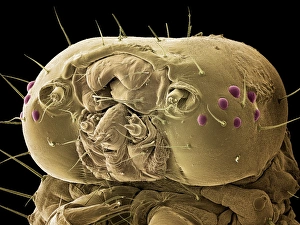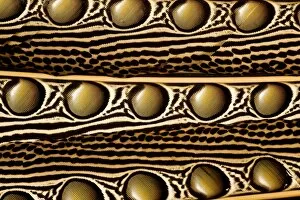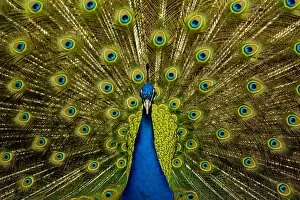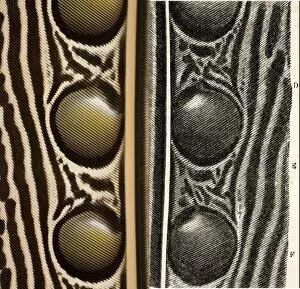Ocelli Collection
Ocelli, the tiny yet remarkable eyes of insects, provide a fascinating glimpse into their world
All Professionally Made to Order for Quick Shipping
Ocelli, the tiny yet remarkable eyes of insects, provide a fascinating glimpse into their world. Found in various species such as the Honey Bee (Apis mellifera), these specialized organs play a crucial role in their survival. When we delve into the internal anatomy of these creatures and examine cross-sections of their heads under scanning electron microscopes, we are astounded by the intricate details. The SEM images reveal the complex structure on a male bee's head (C018 / 3568) and even offer a closer look at those present on female bees (C018 / 3570). Butterflies also possess ocelli, which can be seen as captivating eyespots adorning their delicate wings. These illustrations remind us of nature's artistry and how it has shaped these beautiful creatures throughout evolution. Interestingly, ancient mythology intertwines with our understanding of ocelli. In one depiction from c. 1551 - before 1558 by Hieronymus Cock and Matthys Cock, Mercury is portrayed with the head of Argus – highlighting both human fascination and imagination surrounding these unique visual organs. Moving beyond bees and butterflies, other insects like bumblebees (Bombus auricomas C018 / 3579) and sweat bees also exhibit distinct ocellar structures that aid them in navigation or detecting pollen-covered surfaces (C018 / 3573). Even parasitic flies have evolved to utilize ocelli for their own purposes (SEM Z340 / 0605). Not limited to just insects, spiders too possess simple eyes known as ocelli that allow them to perceive light variations in their surroundings (SEM C018 /0560). Similarly, wasps rely on this simplified vision system for basic orientation tasks (SEM C018/0559). As we explore further into this realm of insect vision systems through microscopic lenses or artistic interpretations alike; each image reveals the intricate beauty and complexity of ocelli.

